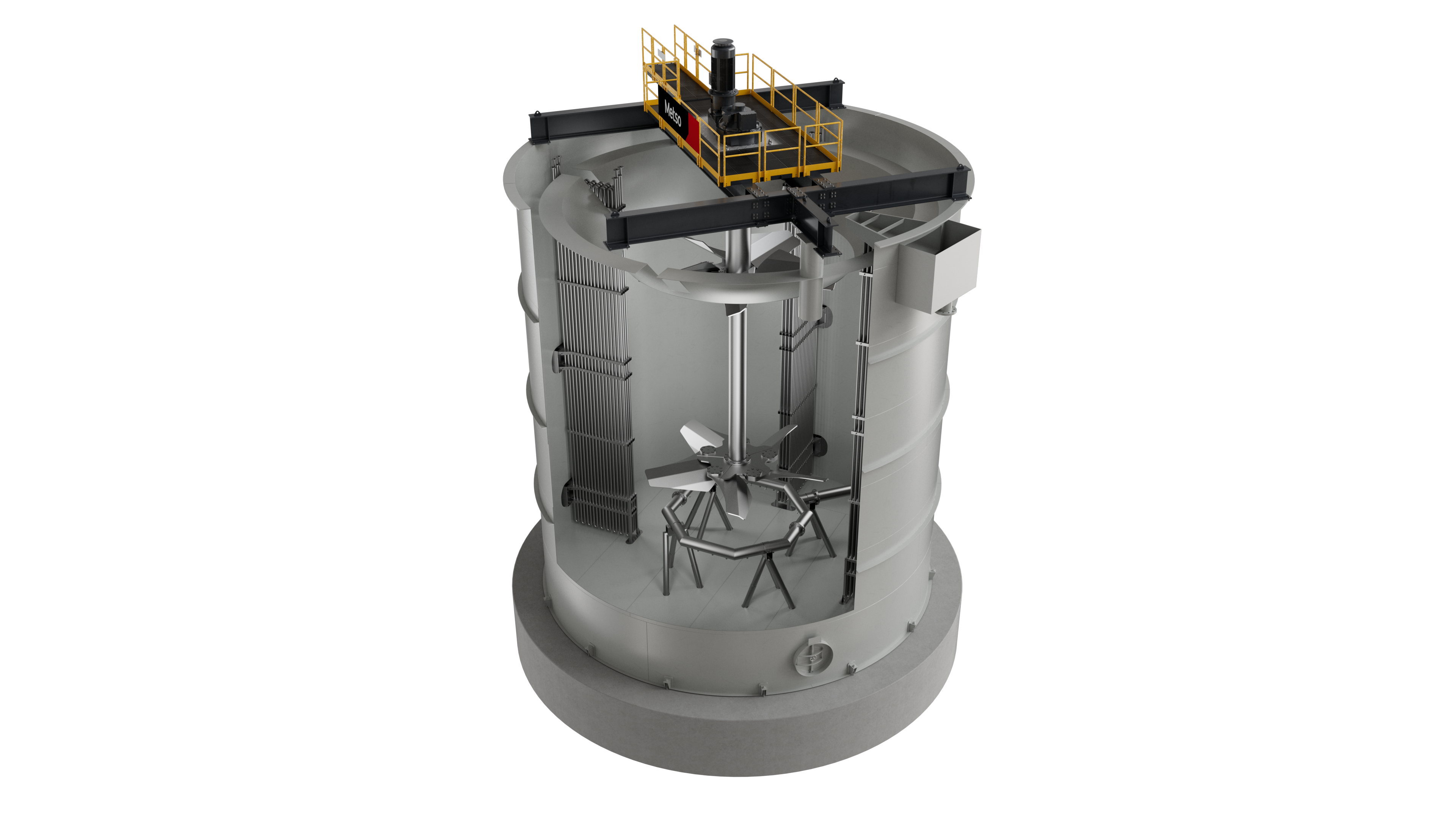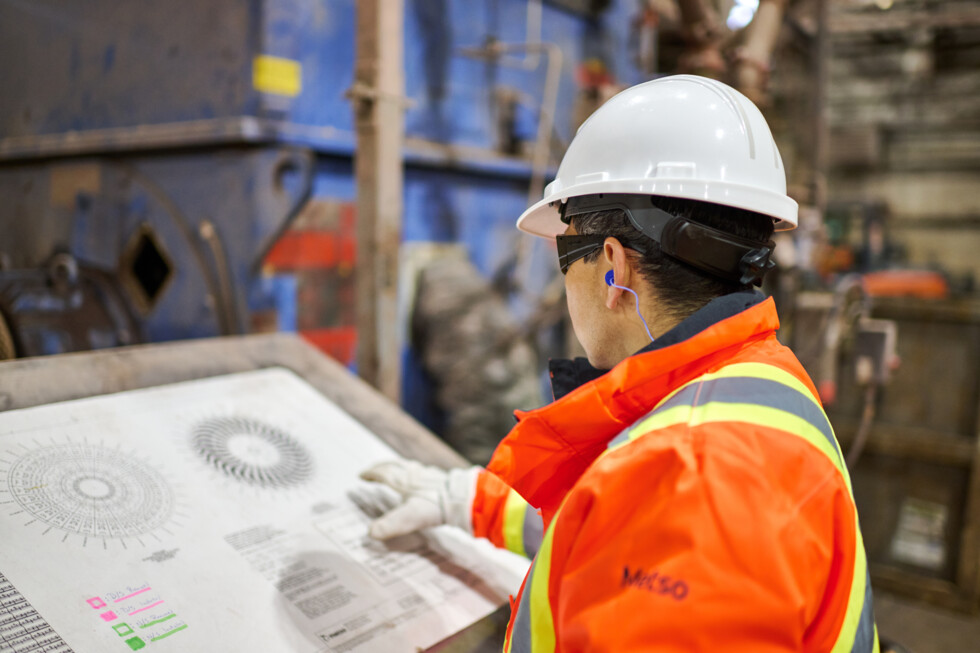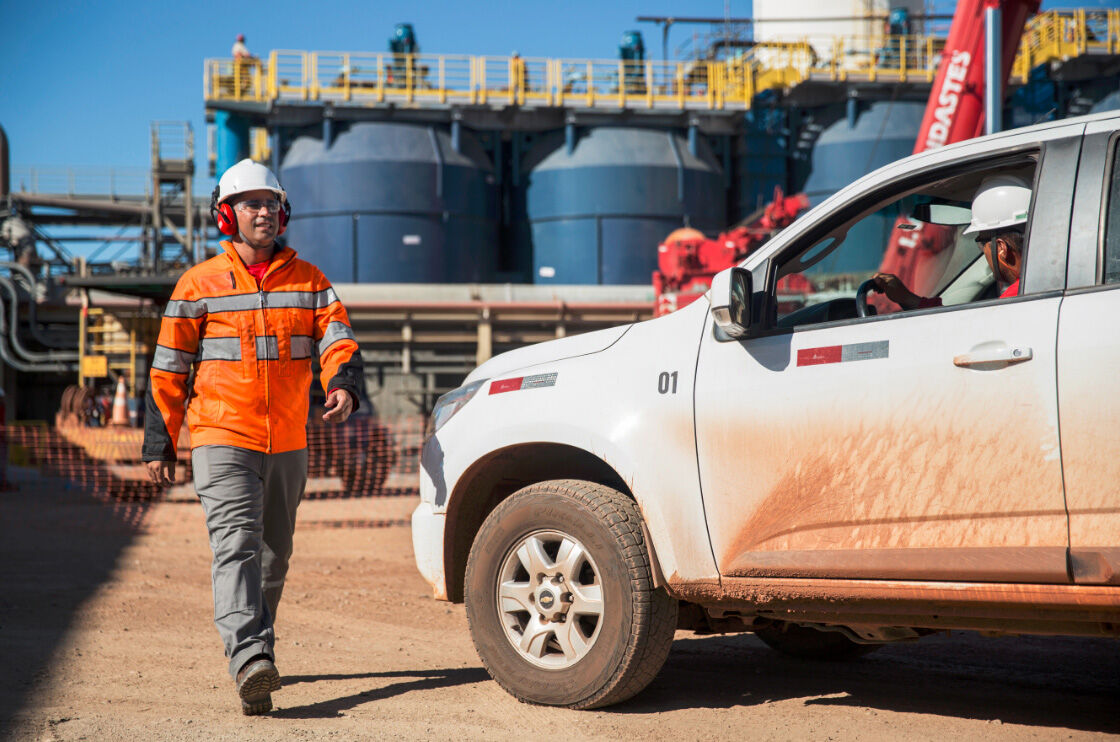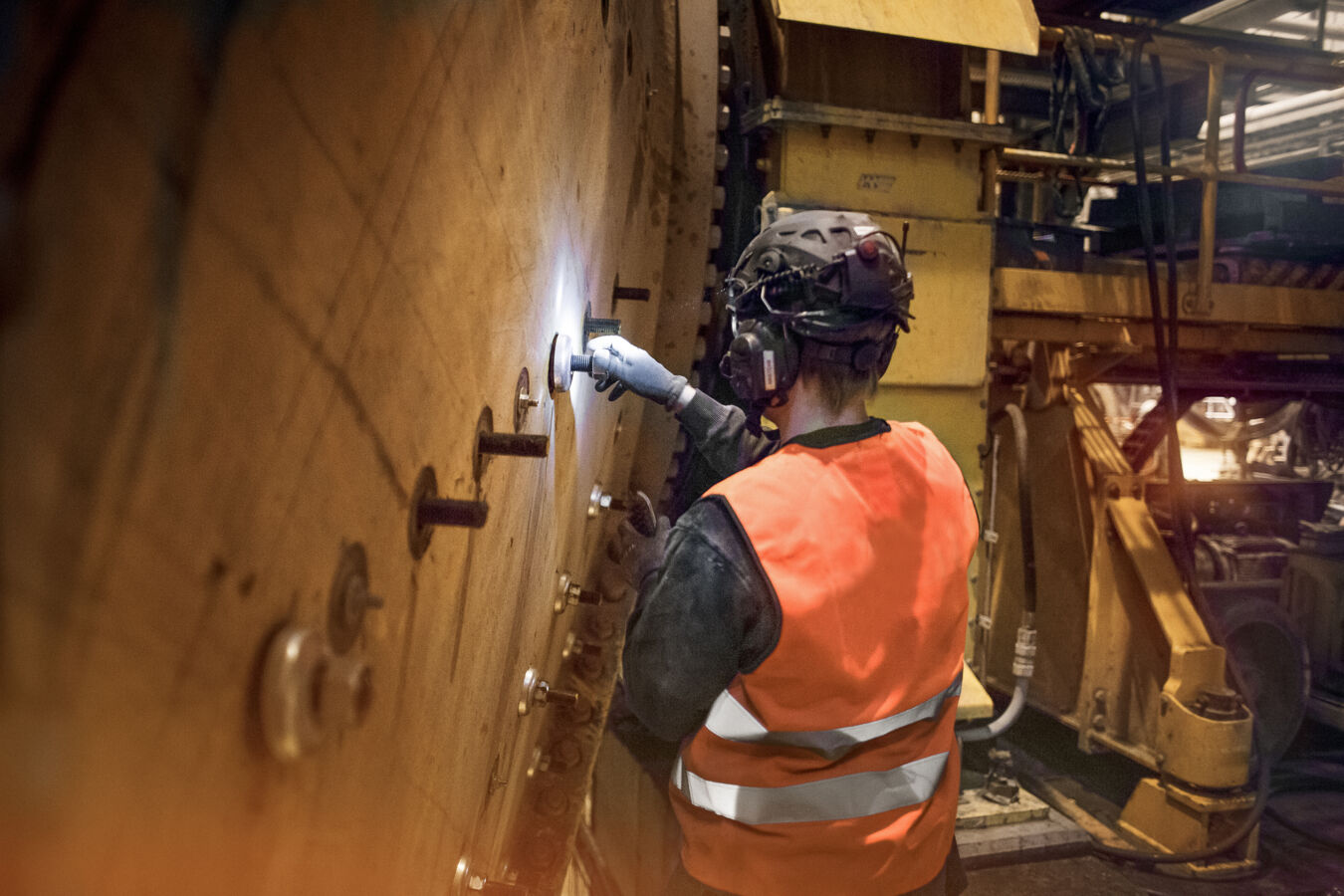
- Improves rates of gold recovery
- Reduces capital cost
- Leverages a long track record of commercial operation and continuous process improvement
- Offers robust technology suited for remote locations
- Is environmentally friendly

Supporting your operations, from plant design expertise to equipment, parts and services for every stage of your process.
Are you looking to increase production, reduce risks, lower operating costs and enhance environmental performance? Then you are in the right place.
From the design and supply of products for a greenfield plant, to the addition of a single machine for an existing production line, we are here to help.
Rely on OEM experts because not all parts are created equal. Spare and wear parts built to perform.
Helping you get the most out of your equipment and processes.


The Metso BIOX process for the treatment of refractory gold concentrates has been in commercial operation for over 30 years with 13 successful plants commissioned worldwide. To date, over 22 million ounces of gold have been produced through this process.
The simplicity of operation and scalability of the technology, using a modular design, means the process is especially suitable for remote locations. Commercial Metso BIOX plants operate at treatment capacities in the range of 20 to 2,137 tons per day of flotation concentrate, in various climate conditions.
The plant design can be modified to suit any climatic conditions from extremely cold to hot temperatures, at sea level or high altitude. The process generates exothermic heat, which makes it possible to operate at temperatures below -47 °C without external heating. This has been confirmed by the operation of the Suzdal plant in Kazakhstan, where temperatures below -40 °C are encountered for extended periods during the winter.
To date, more than 150 concentrate and whole ore samples have been tested for amenability to the Metso BIOX process. Over 18 integrated pilot plant runs have been completed to obtain information for the design of commercial plants.
The basic steps normally followed during the development of a project, from the first stages of test work through commissioning of the commercial plant, can vary depending on the needs of the individual client, but this framework can be used as a guideline for scheduling purposes.
The project development framework, shown in the table below, shows the duration and key requirements of each phase of the process. Depending on the schedule for the project, certain functions can overlap or even be omitted to reduce the overall time frame from the start of the test work through the completion of the project.




